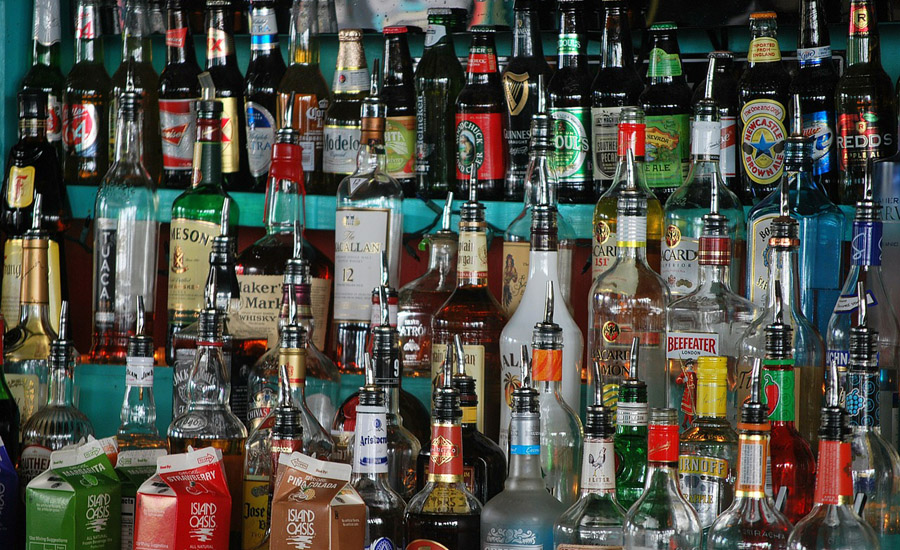In the United States, alcohol is involved in more than 15,000 traffic deaths every year.
Alcohol goes directly from the stomach into the bloodstream. The amount of alcohol in your body is commonly measured by the blood alcohol concentration (BAC). BAC is determined by the amount you drink, how fast you drink, your weight and your physical and mental health.
Alcohol affects more of the brain as your BAC builds up. The first part of the brain affected controls judgment and self-control. Good judgment and self-control are necessary for safe driving. Your muscle control and coordination become affected as your BAC continues to increase.
Alcohol’s effect on vision is less obvious, but traffic accidents are even more likely if vision is distorted—nearly 90 percent of the information processed about traffic is visual. Safe driving relies on visual perception—the process of searching for and identifying danger in traffic. It also requires correctly predicting what might occur, determining an appropriate course of action and executing the proper response. Studies show that in some situations, a driver must repeat this search/identify/predict/decide/execute process as many as 200 times per mile.
A high BAC will also reduce a person’s ability to judge distances and affects peripheral (side) vision. A study by the British Medical Research Council showed the peripheral vision is reduced 30 percent with a BAC of just .055 percent. This could affect driving through intersections or past parked cars where pedestrians may suddenly step out.
Drinking and driving can cause drivers to make serious mistakes, such as:
• Taking longer to react to hazards
• Driving too fast or too slow
• Driving in the wrong lane
• Running over a curb
• Weaving
• Straddling lanes
• Making quick, jerky starts
• Failing to signal
• Failing to use lights or turn signals
• Running stop signs and red lights
• Changing lanes unpredictably
These mistakes can increase the chances of an accident that could lead to a loss of license, arrest, fines, jail time, injuries or death.
Source: The Texas Department of Insurance, Division of Workers’ Compensation (TDI/DWC)


